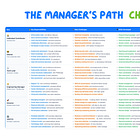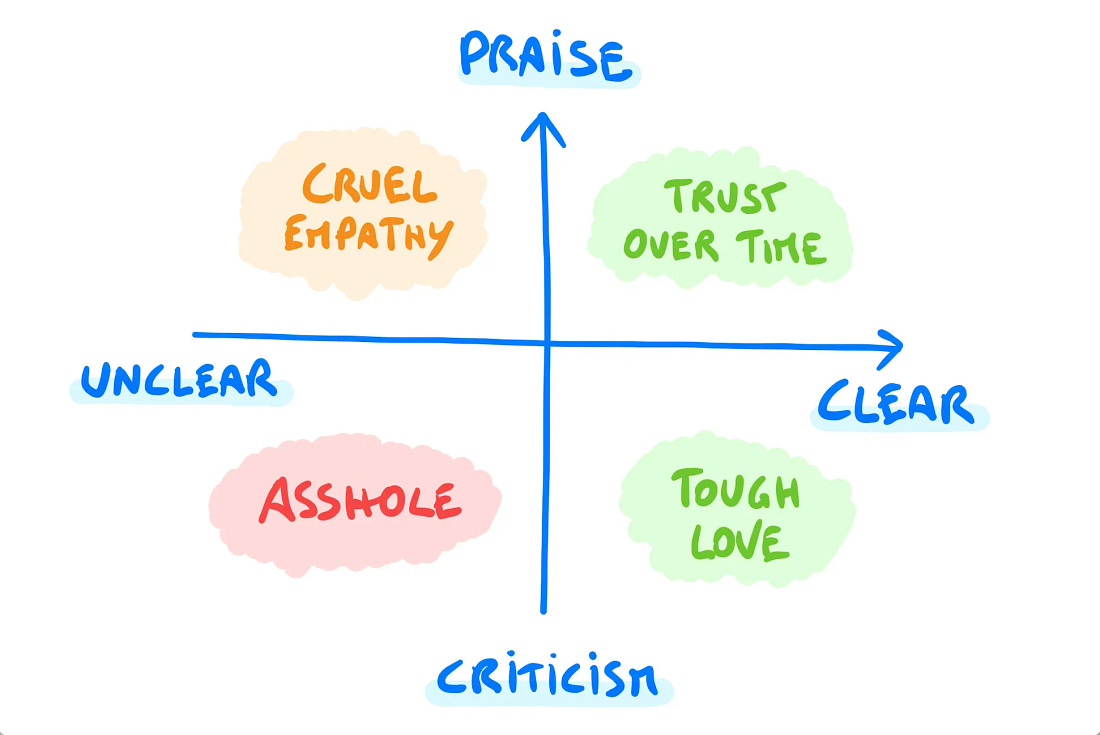Diversity Specific Feedback And Performance Axes
Hey, Luca here, welcome to a new edition of Refactoring! Every week you get:
Here are the latest editions you may have missed: To access all our articles, library, and community, subscribe to the paid version: 1) 📑 Knowledge will always live on multiple toolsThis idea is brought to you by today’s sponsor, Unblocked! A couple of weeks ago we wrote a full article with the guys at Unblocked about how AI is changing engineering documentation. There we documented (pun intended) many emerging workflows, discussed which docs are becoming more important, and which instead we’ll probably never write anymore. One thing is clear, though: knowledge will always be scattered across multiple tools:
Each tool has its own strengths, and we are always going to use many at the same time, but this doesn’t mean we can’t use AI as a horizontal layer that helps navigate through it all. This is where Unblocked shines. It connects to all of your tools so it answers your questions by fetching info from everywhere — Notion, Github, GDocs, Linear, Slack, you name it. Also, it’s 100% plug and play: you don’t need to change anything in your workflows, and it immediately brings value. You can find the full article here, and you can learn more about Unblocked below 👇 2) 🤝 Diverse teams are better teamsOne of the ugliest trends in our industry in recent years is the pushback on the value of diversity in engineering teams. What is diversity in a team? People immediately think about genders and ethnicities, but it’s about much more:
Diverse just means having people around that are different from you. That think differently from you. This is valuable because we all have biases and blind spots — and the more similar we are, the more likely it is that we have the same ones. In a diverse team, people hold each other to higher standards. This is absolutely obvious to anyone who has been lucky to work on a team like that, but it’s (somewhat understandably) hard to grasp for those who have not. To many, this looks like a moral argument — but it is a very practical one. The most effective argument in favor of diverse teams is not some ethical obligation that companies should match the composition of society—that’s at least debatable—is that diversity makes for better teams, full stop. So how diverse should your team be? Your team exists to serve your users, so my rule of thumb, which I stole from Dana, is that you want a team whose composition at least reflects that of your community of users. You create better products by better relating to your users. Do you serve a global, diverse community of people? The best way to serve their needs is to craft a team that reflects that. Which is just common sense. I wrote more about hiring principles for engineering teams in this recent piece 👇 3) 📣 Good feedback is always specificKim Scott has seen it all. She led teams at Google, coached Twitter and Dropbox CEOs, managed a pediatric clinic in Kosovo, and started a diamond-cutting factory in Moscow. She spent a lifetime managing the most diverse people and leading them to success. Later, she wrote about her learnings in one of the world’s most popular books about management and feedback: Radical Candor. Kim breaks feedback into four quadrants. On the horizontal axis you have unclear to clear feedback, and on the vertical you have negative to positive. One of the best insights in the book is that feedback, whether positive or negative, always needs to be clear and specific. Otherwise, it sets up our reports for failure. Softening negative feedback is human — we want to avoid adding even more pressure on our teammates. Cruel empathy, though, doesn’t give them the tools to do things differently. It dampens their growth. Unclear positive feedback is equally ineffective. Simply saying “you are doing a great job” doesn’t cut it, because it doesn’t bring any learning. In the worst case, it feels artificial and a way to balance the bad one. So how can you give feedback that is clear and kind, even when it might not be nice? We covered this in an evergreen article from a few years ago 👇 4) 📊 The four axes of engineering performancePerformance management is a nuanced topic that can get more or less complicated based on the scale and growth stage of your company. There is an almost infinite level of depth we can get into by talking about performance reviews, career frameworks, compensation, up to succession plans for critical roles. About engineering performance, I particularly like Gusto’s simple approach, which takes care of four axes, and is a great starting point for small to medium-sized companies:
I wrote more about calibration in two previous pieces:
And that’s it for today! If you are finding this newsletter valuable, consider doing any of these: 1) 🔒 Subscribe to the full version — if you aren’t already, consider becoming a paid subscriber. 1700+ engineers and managers have joined already! Learn more about the benefits of the paid plan here. 2) 📣 Advertise with us — we are always looking for great products that we can recommend to our readers. If you are interested in reaching an audience of tech executives, decision-makers, and engineers, you may want to advertise with us 👇 If you have any comments or feedback, just respond to this email! I wish you a great week! ☀️ Luca |




